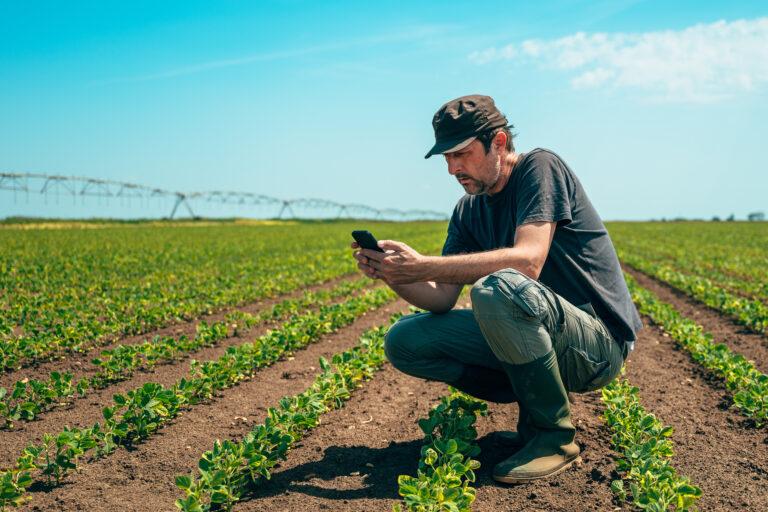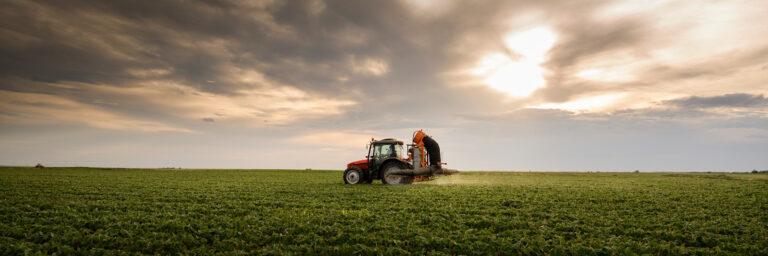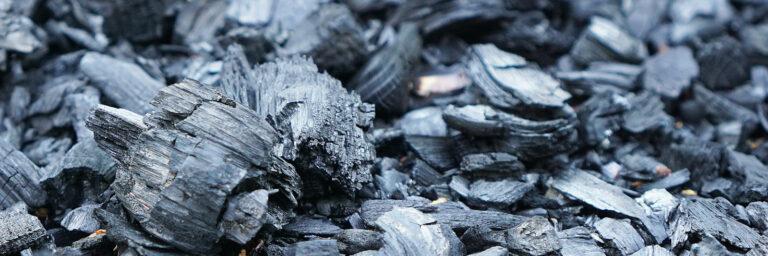
Results in Agrecalc Cloud reflect cutting-edge climate change research.
Agrecalc Cloud includes several exciting updates to the science behind our carbon calculations. These updates reflect innovative scientific research, meaning our emissions estimates are more accurate and context-specific than ever before. It also means that there will be a carbon footprint change.
Greenhouse Gas (GHG) Protocol supplies the world’s most widely used greenhouse gas accounting standards. They are based on IPCC Assessment Reports, of which there are several.
The IPCC Fifth Assessment Report, 2014, known as AR5, contains the most recent values. However, the Second Assessment Report (AR2, from 1995) and Fourth Assessment Report (AR4, from 2007) values are also sometimes used for inventory and reporting purposes.
The latest Report – known as AR6 – was published by the IPCC in 2021, and the values from it will be used in future iterations of Agrecalc, once it becomes the standard reporting methodology.
Agrecalc provides data to a number of clients for use in SBTi FLAG assessments.
The full list of all greenhouse gases and their Global Warming Potential (GWP) can be found on the Greenhouse Gas Protocol website.
The current version of Agrecalc continues to use AR4. However, Agrecalc Cloud will be migrating to AR5 GWP metrics to align with current national (UK Government) and international reporting requirements.
As the migrations to Agrecalc Cloud happen, the AR5 will already be implemented there. Going forward, additional reporting metric of GWP* will be available for calculation of methane emissions. Cumulatively, our users will see a carbon footprint change.
The launch of Agrecalc Cloud is not just about the modern interface or new features; it's about refining the underlying science and data.
Agrecalc Science Team
Recent enhancements to the Agrecalc model mean the same input data in the original version of Agrecalc will yield slightly different results in the updated version. If you want to understand the sources of variation between the original Agrecalc and Agrecalc Cloud, this blog is for you.
The relative contribution of different emission sources to total farm emissions remains similar across the two calculators. Emission estimates from certain sources differ significantly, but these disparities can be easily explained by the refined science in the new calculator. Notable scientific updates include:
Updated Fertiliser Calculations: Emissions from the production of fertiliser are calculated in Agrecalc Cloud using information published by Fertilisers Europe (2018). This represents an update from the data used in the original calculation. The upgrade generally leads to lower emission estimates for embedded emissions from fertilisers.
The results generated by the latest version of Agrecalc provide a clearer, more accurate picture of the greenhouse gas emissions associated with farming activities.
Agrecalc Science Team
The journey to a more sustainable agriculture industry relies on innovation and continuous improvement – which also means carbon footprint change. The results generated by the latest version of Agrecalc provide a clearer, more accurate picture of the greenhouse gas emissions associated with farming activities.
As we move forward in our efforts to combat climate change and promote sustainable agriculture, it’s crucial to embrace tools and technologies that are rooted in robust scientific foundations. With better science guiding our way, we have a stronger foundation upon which to build a future where agriculture and environmental stewardship go hand in hand.

An Agricultural Systems Modeller with a strong background in farm ecology and emissions modelling, Kaia maintains, updates, and builds upon the Agrecalc greenhouse gas emissions calculator, communicating with stakeholders about the science behind the software, and working with our development team to build new modules and features.


After two years of operation as a Limited Company, Agrecalc became part of Scotland’s Rural College (SRUC) as of 1 April 2025.

Biochar is a carbon-rich material produced by pyrolysing biomass, which offers a variety of potential agronomic benefits. In this guest article, Black Bull Biochar discusses how these effects work together to bolster productivity, sustainability, and resilience in farming.